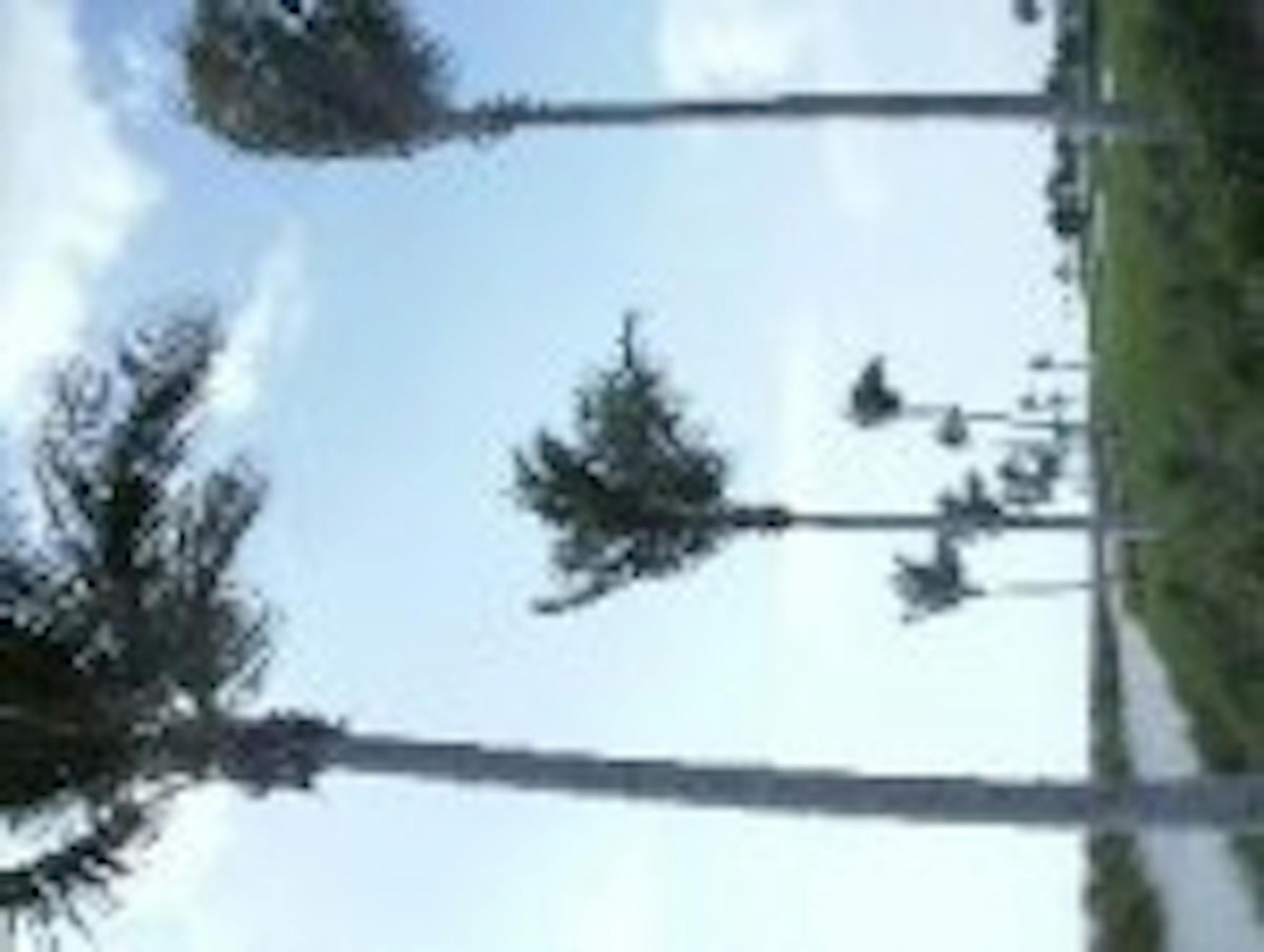A pseudo vacation
On the island of Captiva, Fla., the luxury of convenience has made reality just a memory
I have always been skeptical about Daniel Boorstin's assertion that travel has become completely superficial. In The Image, a book I read for three different American Studies classes, Boorstin writes of a country so obsessed with convenience that it turned what was once adventure into pure luxury. He writes of a country that replaced the frontier-the place, according to the Frederick Jackson Turner thesis, responsible for the character of the nation-with Frontierland, the place responsible for Splash Mountain. Of course, I understand that much of America's experience with travel has become contrived. I know perfectly well that many Americans would rather go to Epcot Center than the actual countries it purports to represent with 10,000 square feet apiece, and I understand that driving an SUV through Yellowstone for a glimpse of a grizzly bear constitutes a wilderness adventure for many families. But I am not convinced that all excitement has been lost. I figure that no matter where you go, all it takes is an intrepid soul and adventure can be found. I decided that I was going to prove my own theory correct-that travel can be filled with cultural immersion, adventure and discovery-in the most superficial of all vacation spots known to man: Captiva, Fla.The resort island of Captiva, located off the Southwest coast of Florida, was first put to good use by the Spanish pirate José Gaspar in the late 18th century. The island got its name from Gaspar (or "Gasparilla," as he liked to be called), for it was here that the pirate liked to hold his captive women concubines. Captiva may have once been filled with beautiful captured women, but now it seems most of the women on the island are above the age of 65. These women are prisoner to something much worse than the pirate Gasparilla: They are captive to a land of convenience, and I was going to make damn sure I didn't join their ranks.
Before leaving for Florida, I had just re-read The Image for the final paper of my college career, so Boorstin's words were fresh in my mind as I boarded the plane. Boorstin believes that as the means for travel have improved, the value of the adventure has eroded. It used to be that when men traversed the Atlantic Ocean, they would kiss the ground upon arrival.
In his book The Great Plain, Ian Frazier says that much of America is only seen from 35,000 feet up through an airplane window. Well, surely Frazier wouldn't blame me for not even peering out my window on my flight to Florida. I was, for Christ's sake, on Jet Blue and had 36 channels of Direct TV at my fingertips.
I'd say that I saw even more of America by staring into the back of the seat in front of me for three hours. After all, who's to say that an aerial view of the Appalachians is any more evocative of this country than the thrilling Rock of Love II reunion show on VH1? I'd say that by not looking out the window, I learned a lot more about our country than if I had been gazing outside. Take that, Boorstin.
We landed in Fort Myers, Fla., about 60 miles from the island. If history was to be any indication, the journey to Captiva from the airport would be treacherous, for in this area in which the legendary Ponce de Leon met his demise. Leon, the explorer responsible for claiming Florida for Spain, had returned to the peninsula in 1521, possibly in search of the Fountain of Youth. But an attack by the Calusa Indians left Leon injured by a poisoned dart and cut the trip short. Leon sailed to Havana, Cuba, where he eventually succumbed to his wounds.
Needless to say, my experience of Florida's southwest coast was equally harrowing. Unlike the great Spanish explorer, however, I was greeted by an endless carapace of concrete, ensconcing by buildings that could not be any more than 10 years old (unless their sewer system was fed by the legendary fountain). We sped past giant tawdry buildings designed to look like opulent Spanish mansions, but they actually looked more like enlarged pieces taken from a diorama. After driving past the life-sized dollhouses, the countless fast food eateries and the hundreds of squished possums, the bridge took us across the turquoise sea and I really did feel like kissing the ground.
During the journey to the island, I read a New Yorker article about Baltimore's new advertising campaign for the city. According to the article, one of the city's new slogans is "In Baltimore, you're two feet away from everything." Now, I recommend transferring this motto to Captiva with a slight alteration: "In Captiva, you're two feet away from everything, and if not, take the golf cart." Boorstin would, perhaps, see this as proof that Captiva epitomizes the newfound ease of travel. He would point out that in the good old days, such as the 1800s, to cross the Oregon Trail meant to risk life and limb and travelers would become one with the terrain. He would say that today we have become completely isolated from the landscape and that we have no appreciation for the act of conveyance.
But this is clearly absurd. How, if at all, is a golf cart any different from the covered wagons that headed west? The resort provided vehicles that topped out at 19 MPH, well below the speed limit of manifest destiny.
If anything, having the golf cart made me even closer to the landscape, for without it, I would never have traveled up and down the same road dozens of times. Without my little horseless carriage, I never would have made it into the heart of Captiva's cultural center and would today still be unaware of the countless Jimmy Buffet impersonators filling the native bars regaling the locals and travelers alike with the area's official anthem, "Margaritaville." I would, in other words, know nothing about Captiva's vibrant customs.
Despite my industrious ways, I wasn't even the true hero of the journey. That prize would go to my mother, for whom the vacation's valuation hinged on her ability to find beautiful shells. My mother was willing to do anything to achieve this goal. Unlike most visitors to Captiva, my mother was not confined to searching for shells just upon the sandy beaches. After a perfunctory survey of the beach, she decided to hit the true the mollusk jackpot: the decorations in the condo bathroom. Now, she was not just stealing from nature, she stole lavatory decorations, the sign of a true devotee. Like all addicts, however, the bathroom fix didn't suffice, and she needed a bigger score. It was then she decided to hit the shell stores. The perfect conch only cost $2.99, a price she was more than willing to pay to realize her ambitions.
The flight home would have been the ideal time for me to reflect on my Florida adventure. I could have thought about how Boorstin would have been proud that I frequented the local establishments, or sampled the local fare (great cheeseburgers at the Keylime Bistro), or took in the local entertainment. I could have thought about how by bringing my girlfriend Rachel with me I had continued using Captiva in the tradition of the pirate Gasparilla, or how I had walked in the footsteps of Ponce de Leon. Instead, I stared into the seatback in front of me as ESPN highlighted another frustrating loss by the Boston Red Sox at the hands of the Tampa Bay Rays.




Please note All comments are eligible for publication in The Justice.